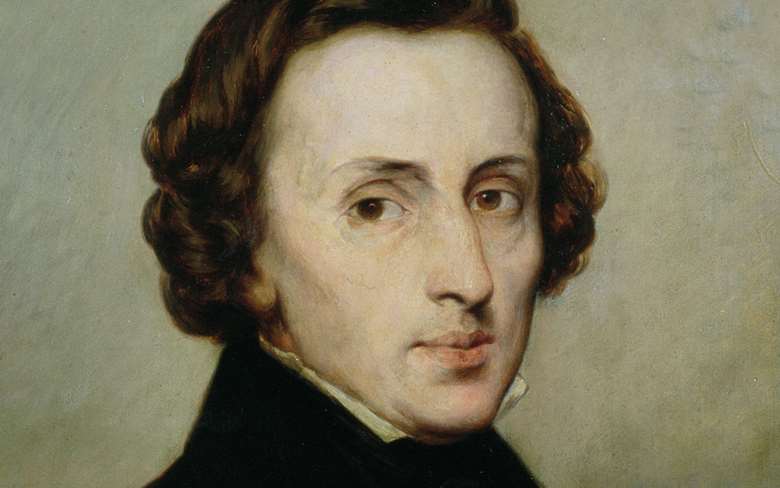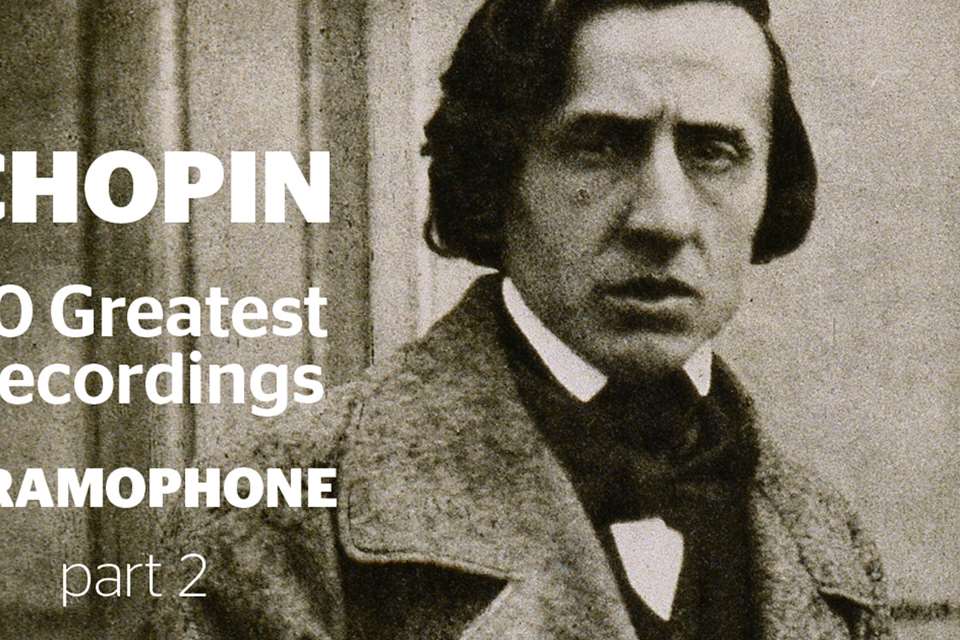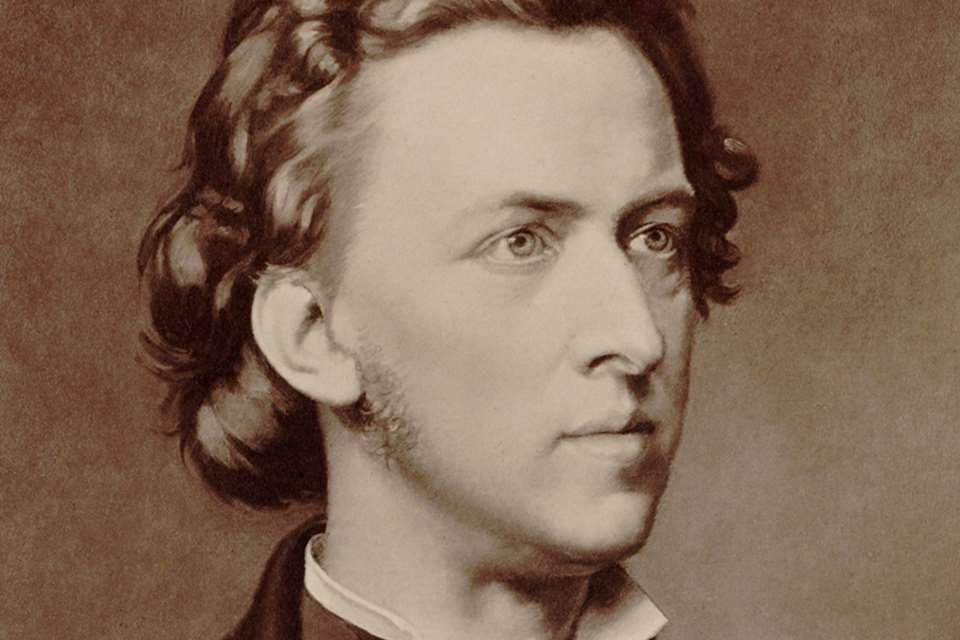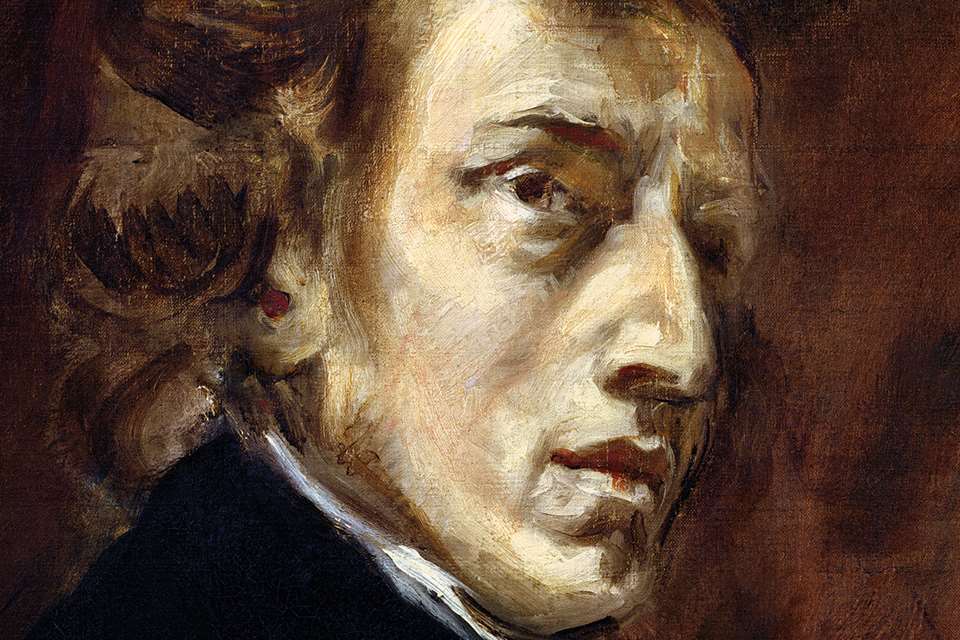Chopin’s Études: a deep dive into the best recordings
Jed Distler
Wednesday, June 7, 2023
Chopin’s two sets of Études invested the didactic keyboard study with unparalleled artistry and musical substance. Jed Distler considers a selection of the finest recordings from the past 90 years

Register now to continue reading
Thanks for exploring the Gramophone website. Sign up for a free account today to enjoy the following benefits:
- Free access to 3 subscriber-only articles per month
- Unlimited access to our news, podcasts and awards pages
- Free weekly email newsletter












